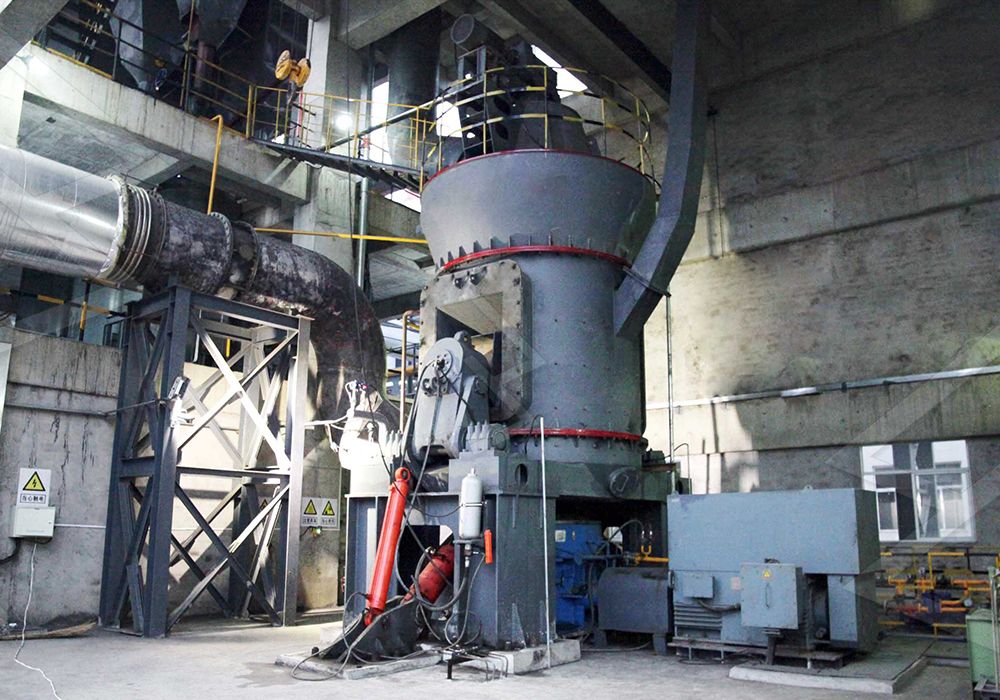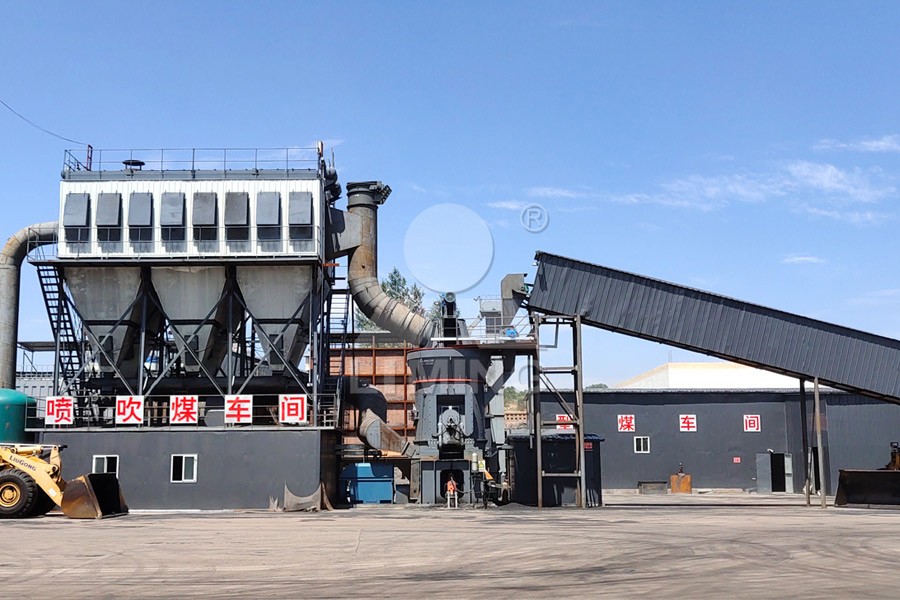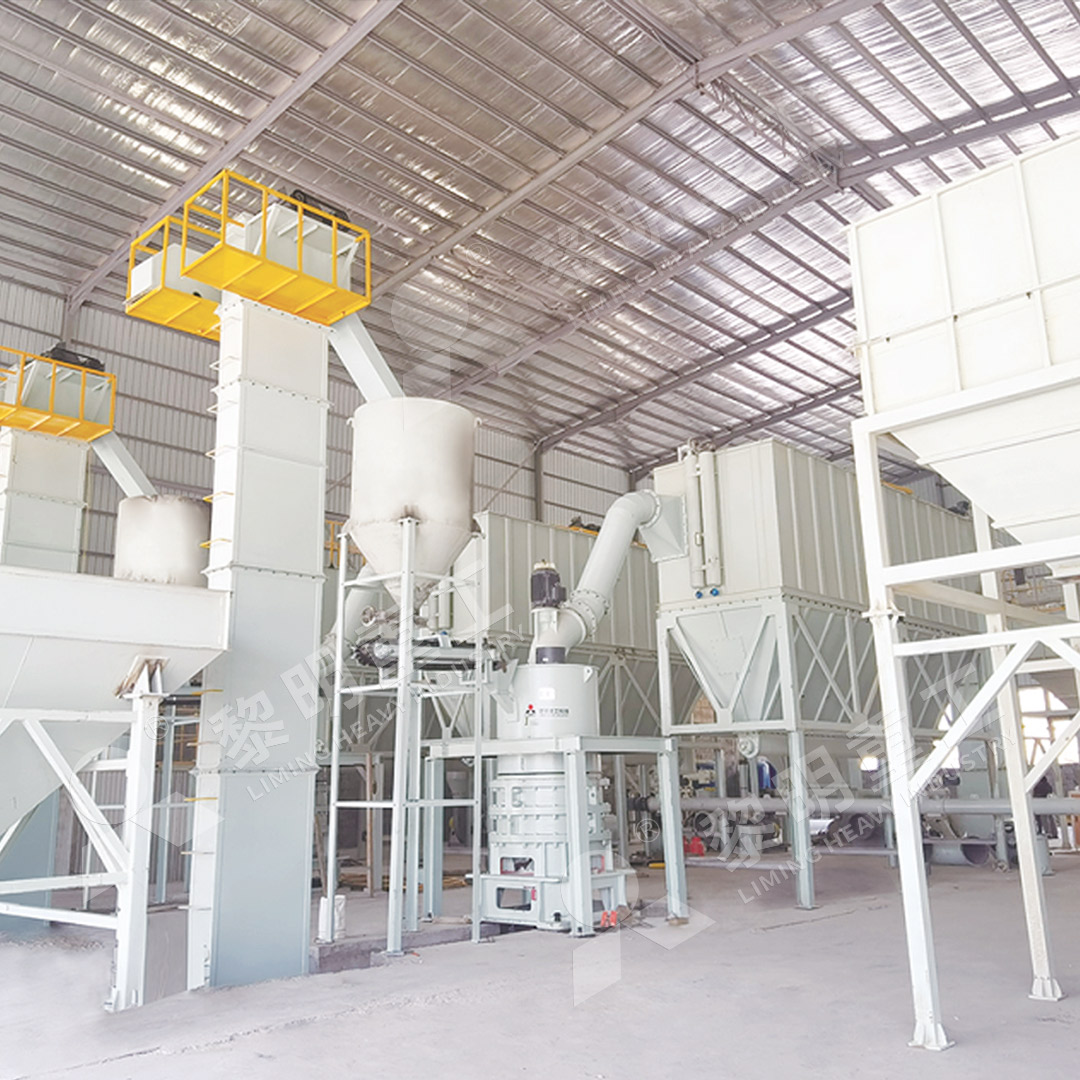Cost of 20 TPH Cement Grinding Vertical Mill – Investment Analysis
Cost of 20 TPH Cement Grinding Vertical Mill – Investment Analysis
Investing in a cement grinding mill is a significant capital expenditure that requires careful consideration of both upfront costs and long-term operational efficiency. For a target capacity of 20 tons per hour (TPH), selecting the right technology is paramount to achieving a favorable return on investment. While traditional ball mills have been the industry workhorse for decades, vertical roller mills (VRMs) have emerged as the superior choice, offering substantial savings in energy consumption, maintenance, and floor space.
Key Investment Considerations for a 20 TPH Mill
The total cost of ownership extends far beyond the initial purchase price. A comprehensive analysis must factor in:
- Energy Consumption: This is often the single largest operational expense. VRMs can reduce specific energy consumption by 30-50% compared to ball mills, leading to massive savings on electricity bills over the machine’s lifespan.
- Maintenance & Spare Parts: Simpler mechanical structures and easier access to wear parts in VRMs translate to lower labor costs, less downtime, and reduced inventory costs for spares.
- Plant Footprint: The compact vertical design of a VRM requires significantly less space than a horizontal ball mill system, potentially reducing construction costs.
- Product Quality: Consistent product fineness and particle size distribution can add value to the final cement product.

Recommended Solution: LM Vertical Grinding Mill
For a robust and efficient 20 TPH cement grinding operation, our LM Vertical Grinding Mill stands out as the ideal solution. This mill is specifically engineered to integrate crushing, drying, grinding, classifying, and conveying into a single, compact unit. Its coverage area is reduced by 50% compared to a ball mill, and it saves 30%-40% in energy consumption, directly adressing the core cost drivers.
The LM mill’s design ensures a short grinding time, which reduces repeated grinding and results in a lower iron content in the final product, enhancing its whiteness and purity. Its fully sealed system operates under negative pressure, ensuring no dust spillage and a clean working environment that meets international emission standards.

Beyond Cement: Considering Ultrafine Options
For projects that may also require the production of higher-value ultrafine powders or for those prioritizing the absolute lowest energy consumption, our MW Ultrafine Grinding Mill presents a compelling alternative. While its capacity range (0.5-25 TPH) perfectly encompasses the 20 TPH target, its strengths lie in its exceptional efficiency for very fine products.
The MW Mill is designed to make ultra-fine powder between 325-2500 meshes. With the same fineness and power, its production capacity is 40% higher than that of jet mills and stirred mills. A key maintenance advantage is its grinding chamber, which contains no rolling bearings or screws, eliminating common failure points and concerns about loose parts causing machine damage. For operations focused on limestone, calcite, or other industrial minerals where fineness is critical, the MW Mill offers a unique combination of high yield and low operational worry.

Conclusion: A Strategic Investment
Choosing a 20 TPH grinding mill is a strategic decision that impacts operational costs for years to come. While the initial price of a vertical mill may be higher, the dramatic reductions in energy use, maintenance downtime, and plant space requirements lead to a significantly lower total cost of ownership and a faster payback period. Our LM Vertical Grinding Mill is the proven, efficient workhorse for cement grinding, while the MW Ultrafine Grinding Mill provides a specialized, high-efficiency option for ultrafine applications. A detailed consultation with our engineers is recommended to select the perfect model for your specific material and financial goals.
